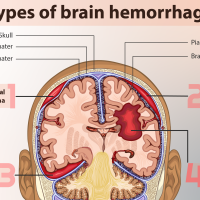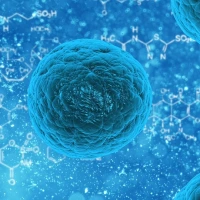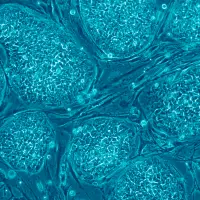You know those cute twin fist-sized organs located near your middle back? Yes, that’s right – your kidneys! But, do you know how our kidneys develop? In this quick, easy-to-understand lesson, we learn about the kidney’s development and renal embryology. Let’s go!

Kidney Embryology in 3 Stages
Development Stage 1. Pronephros
The first stage is called Pronephros. Pro means forward, or in advance. Nephros means kidney-like. So put the two together: “in advance” “kidney-like.” Pronephros is the first kidney-like structure to form during development by Week 4, but then it degenerates.
Pronephros = 1st to Form by Week 4 = Then Degenerates
Development Stage 2. Mesonephros
Mesopnephros comes next. It functions as an interim kidney during the 1st trimester of the fetus. Formale babies, mesonephros contributes to the male genital system.
Mnemonic for Mesonephros : Meso means middle, so mesonephros is the middle stage during kidney development.
Mesonephros = Interim Kidney during 1st Trimester = Contributes to male genital system
Development Stage 3. Metanephros
Metanephros is the last structure to form for kidney embryology. Meta means behind, subsequent to, so it makes sense the metanephros comes subsequent to the other two, pronephros and mesonephros.
Metanephros is permanent. Metanephros appears during the 5th week of gestation and continues all the way through 32-36 weeks.

There are 2 important structure tissues to know about for the metanephros: 1. Ureteric bud and 2. Metanehpric mesenchyme
Ureteric Bud
The ureteric bud is also known as the metanephric diverticulum, but don’t be fooled. The ureteric bud is actually not derived from the metanephros. The ureteric bud actually comes from the caudal end of the mesonephric duct. The ureteric bud gives rise to basically the majority of the kidney’s big structures, like ureter, pelvis, calyces, and collecting duct.
Kidney Mnemonic:
Ureteric Bud = Finished formation at 10th Week = Derived from Caudal End of Mesonephric Duct = Becomes Collecting Duct
Metanephric Mesenchyme
The second important structure of the metanephros is the Metanephric Mesenchyme, also known as the metanephric blastema. The ureteric bud interacts with the metanephric mesenchyme to induce formation of the glomerulus all the way through the distal convoluted tubule. Remember, the collecting duct is the only part of the nephron that comes from the ureteric bud, not the metanephric mesenchyme.
Kidney Mnemonic:
Metanephric Mesenchyme = Metanephric Blastema = Forms Glomerulus through Distal Convoluted Tubule (DCT)
Finally the last part of development is for the Ureteropelvic Junction to canalize (the ureter and kidney’s pelvis joins together).

Congenital Kidney Defects: When Renal Development Goes Wrong
If these two structure tissues – the ureteric bud and metaneprhic mesenchyme – interact badly with each other, this may cause kidney malformations like renal agenesis (no kidney!) or multicystic dysplastic kidney (kidney does not function and has lots of cysts!).
Other congenital kidney development problems include Potter’s syndrome and horsehoe kidney, where two kidneys are fused together into 1 abnormally long kidney.
Kidney Development Quiz and Answers
© Copyright 2020 Moosmosis – All rights reserved
All rights reserved. This essay or any portion thereof
may not be reproduced or used in any manner whatsoever
without the express written permission of the publisher.















120 replies »